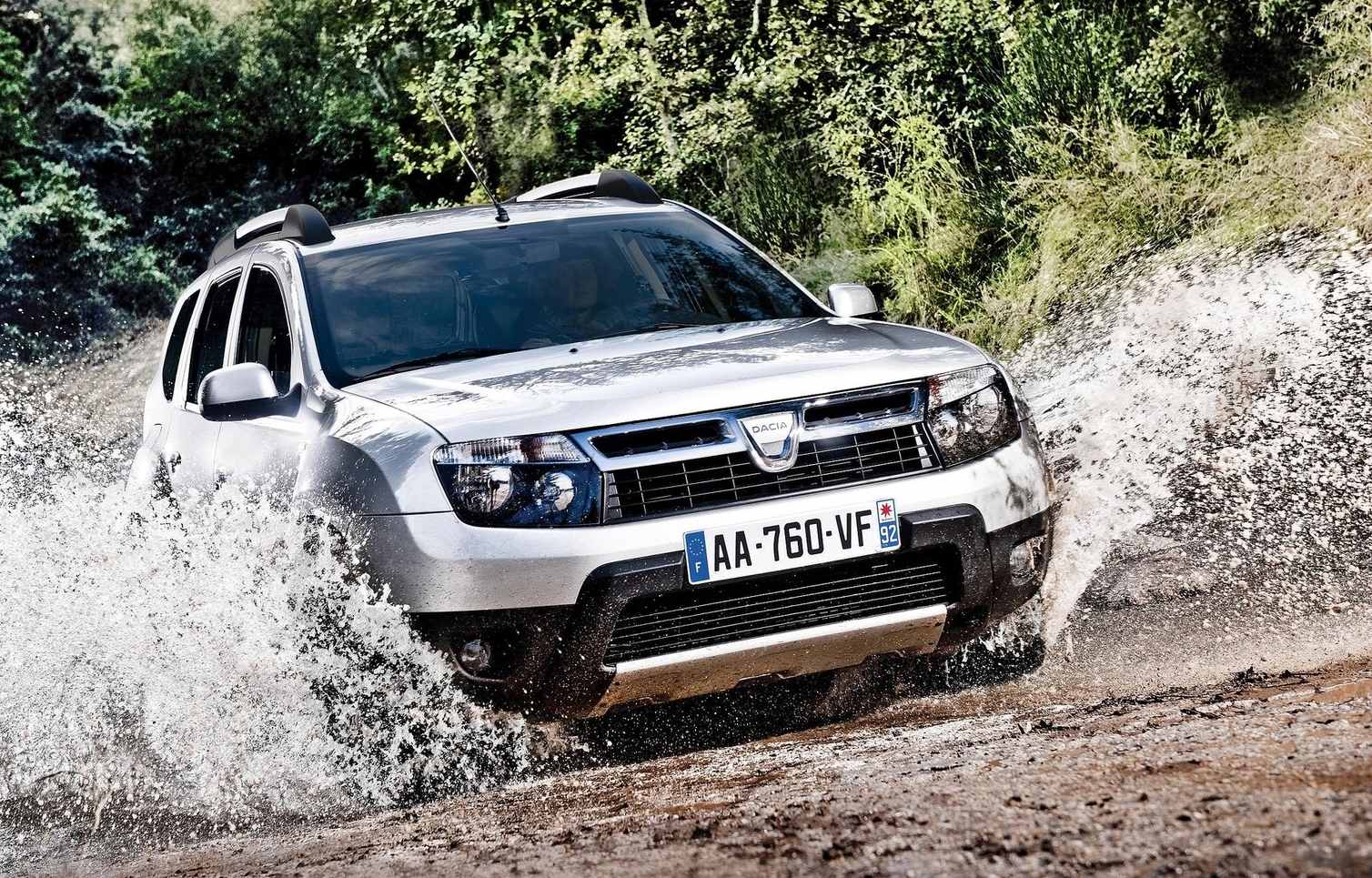If a year feels like a long time in politics, then two decades must be several lifetimes in the world of cars. Who would have thought Ferrari would create a 4WD estate or a hybrid hypercar?
Or that the 2013 Mercedes S-Class would be capable of practically driving itself? Or that Jeremy would still be ranting about how much he dislikes the 911?
So, how should we mark our 20th anniversary? Since no one had the skills to bake a cake, we decided to keep things straightforward and name the greatest car of the last 20 years instead.
Of course, this “simple” idea ended up sparking a lot of arguments. At least two black eyes were recorded. At one point, someone even set a chair on fire.
Luckily, you were there to lend a hand. More than 100,000 of you took part in our online poll, helping us rank the greatest cars of the past two decades and ultimately choose the winner.
And to whoever tried submitting four million votes for the Morris Marina, rest assured you’ve been reported to the authorities.
Enjoy the countdown, and please don’t hesitate to tell us how wrong we are in the comments.
1. 1994 Audi RS2
What we said then: “An estate car that out-performs pretty much everything on the road.”
Audi has built a strong reputation for producing seriously fast wagons, with models like the Audi RS 6 Avant and the S4 Avant standing out. However, there was one particular wagon that started it all: the Audi RS 2 Avant station wagon, Audi’s very first RS model.
Back in the 1990s, Audi was a different company compared to what it is today. It was sitting behind BMW and Mercedes-Benz, who were the dominant forces in the German luxury car market.
Recognizing the need to compete with performance divisions like BMW’s M and Mercedes’ AMG, Audi made the strategic decision to create a high-performance model of its own. To help bring this vision to life, they turned to Porsche, another German brand with a solid reputation for building fast cars.
Jointly developed by Audi and Porsche, the RS2 Avant debuted in 1994, based on the Audi 80 sedan. Audi offered it exclusively as an estate or station wagon.
It was a major milestone for the brand, but unfortunately, the RS2 Avant was never officially sold in North America. Today, because the car has surpassed the 25-year mark, it is being imported into the United States in limited numbers.
Due to its importance in Audi’s performance history and the fact that it was only produced for around 18 months, the RS2 Avant has become a rare and highly sought-after collector’s car.
Audi has long been known for its sports wagons, and enthusiasts often look to models like the RS2 Avant when discussing that legacy. The question today is whether the current Audi RS6 Avant truly lives up to the heritage laid down by its predecessors.
In the 1990s, Porsche found itself in urgent need of fresh capital, and it was during this time that Audi approached them for assistance in developing their first Renn Sport (RS) model. Audi decided to use the aging A80 platform as the foundation for this new project.
Assembly of the RS2 Avant took place at Porsche’s Rossle-Bau plant in Zuffenhausen, Germany — the same facility where Porsche had previously worked on the legendary Mercedes-Benz 500E, another high-performance collaboration.
The RS2 Avant came equipped with a 2.2-liter turbocharged inline-five-cylinder engine. Porsche engineers didn’t leave the engine stock; they made significant modifications to increase performance.
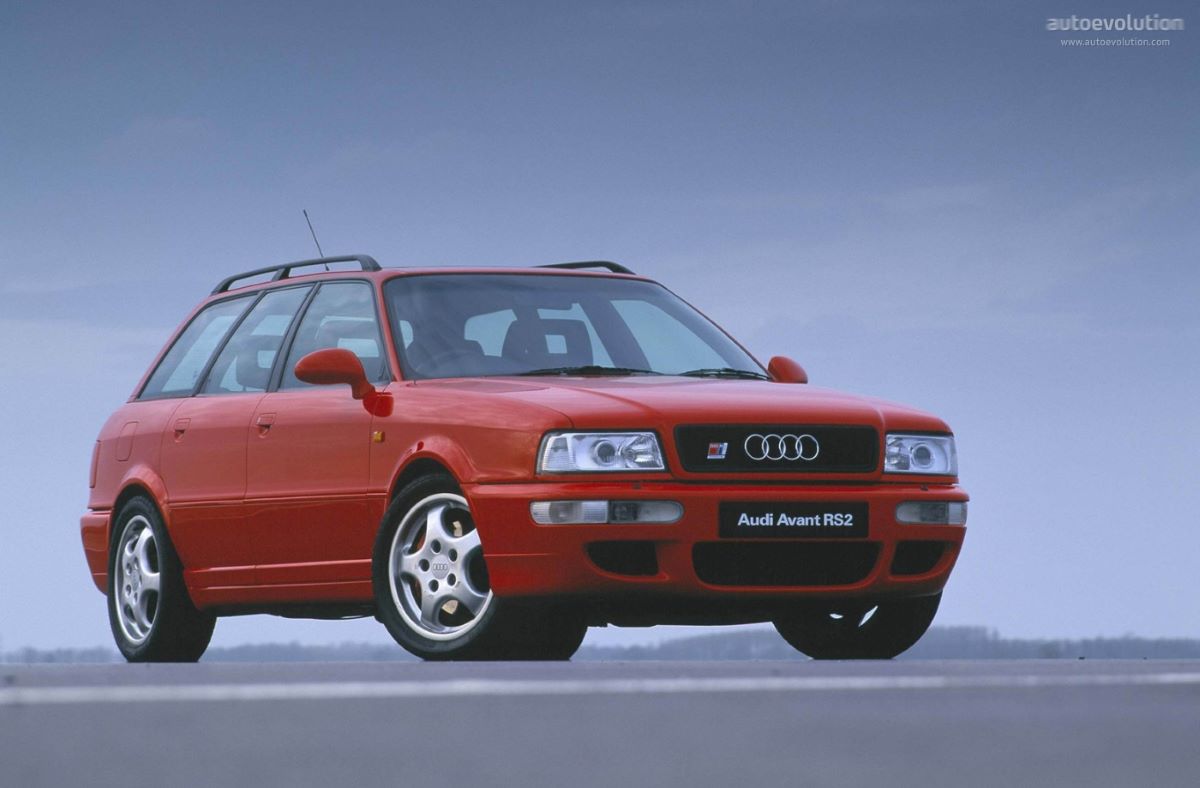
They added a turbocharger that was 30 percent larger, upgraded to higher flow fuel injectors, installed a larger intercooler, fitted a new camshaft, programmed a custom Bosch ECU, developed a new exhaust system, and improved the induction system for greater efficiency.
These changes resulted in an output of 311 horsepower and 302 pound-feet of torque. The RS2 Avant featured only one transmission option: a six-speed manual that sent power to all four wheels through Audi’s famous Quattro all-wheel-drive system.
Thanks to this setup, the RS2 was capable of accelerating from 0 to 60 MPH in just 4.8 seconds and could achieve a top speed of 163 MPH.
Some publications at the time even claimed that it could hit 30 MPH in an astonishing 1.5 seconds — quicker than the mighty McLaren F1. When it hit the streets in 1994, the RS2 Avant, with a limited top speed of 155 MPH, proudly held the title of the fastest station wagon in the world.
2. 2011 Vauxhall Ampera
What we said then: “An EV without the range anxiety. A green car without the sense of self-righteous anger.”
The Vauxhall Ampera was among the first plug-in hybrid vehicles to arrive on the UK market. Although it was marketed as a pure electric car with a range extender, it had the potential to become a major success story for Vauxhall.
Unfortunately, it was likely just a bit ahead of its time, and as a result, it never truly gained traction with buyers, leading to sales being halted within two years.
Despite relying on technology that is now considered relatively old, the Ampera still offers some appealing qualities and could present an inexpensive opportunity for drivers looking to go greener.
Today, electric cars have become a much more prominent idea in the minds of car buyers. The fact that they are now seriously considered by a wider audience, rather than just early adopters, is positive news for the entire market.
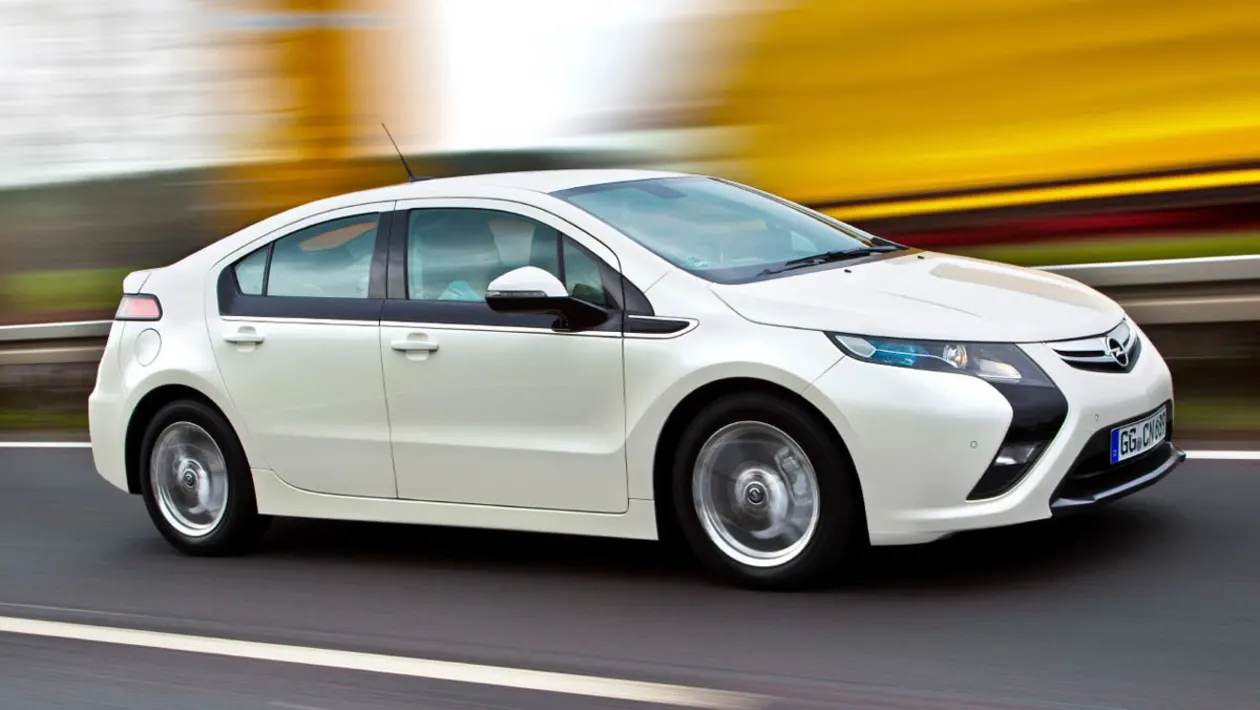
Models like the Nissan Leaf, Renault Zoe, and Tesla Model S have played a significant role in raising the profile of electric cars in public awareness.
With their zero exhaust emissions and extremely low running costs — aided by government incentives and the elimination of fuel bills — they have made a compelling case for EV ownership.
However, electric vehicles are not without their drawbacks, with range anxiety standing out as the most significant concern. While most people drive less than 30 miles a day, longer trips for business, visiting family, or going on holidays expose the limitations of pure electric vehicles.
This reality means that for many, EVs still function best as second cars, with traditional petrol or diesel models covering the gaps.
Vauxhall, however, took a different route — one that ultimately proved to be a temporary solution — by offering an alternative that only BMW later mirrored with its i3 model.
For the most part, the Ampera behaves like a traditional EV: you plug it in, charge the batteries, and enjoy silent, electric motoring for up to 50 miles. But when the battery is depleted, the Ampera reveals its secret weapon: a petrol engine that takes over to generate power for the electric motor.
Thanks to this setup, drivers can commute to work, drop the kids at school, and return home all on electric power, recharging overnight in preparation for the next day.
Where the Ampera truly distinguishes itself is in situations where typical EVs would struggle. When the battery runs out, a 1.4-litre petrol engine steps in as a generator.
The engine doesn’t drive the wheels directly — not unless you’re traveling at higher speeds, and even then only to assist the electric motor — but it keeps the battery charged so that the electric motor can continue to provide propulsion.
This configuration allows drivers to go as far as they need, provided they can access petrol, and then recharge the battery when possible. A full recharge from a standard mains supply takes about six hours, but a fast charger — which can be installed at home — cuts that time down significantly.
Switching between driving modes is seamless in the Ampera. In EV mode, the car is almost silent, with only a faint whir from the electric motor.
When the petrol engine engages, it does so quietly, although the engine revs bear little relationship to the car’s road speed. Driving the Ampera is a pleasant experience.
Anyone familiar with traditional automatic transmissions will feel immediately at home: you simply select Drive, lift off the brake, and the Ampera even exhibits a “creep” characteristic like a conventional automatic.
The car feels responsive too, with its full 370Nm of torque available from zero revs, allowing it to accelerate from 0 to 62mph in 8.7 seconds — an impressive feat given the weight of the batteries.
3. 2010 Dacia Duster
What we said then: “The Duster distills the very essence of motoring. No car in the world offers more freedom for your quid.”
The term ‘all-rounder’ might be thrown around too often, but when it comes to the reliable and affordable Dacia Duster, it genuinely fits. Since its UK launch in 2013, the Duster has racked up around 100,000 sales, firmly establishing itself as one of Britain’s favourite small SUVs.
Its popularity wasn’t just because it allowed buyers to get into a brand-new car at an affordable price — it also delivered solid performance across the board.
Those who spent smartly went for the first Dusters just over a decade ago. At that time, you could purchase a brand-new SUV featuring a durable and spacious interior for just £8995 — a price that was significantly lower than the Skoda Yeti. In fact, it even undercut smaller cars like the Ford Fiesta and Fiat Panda.
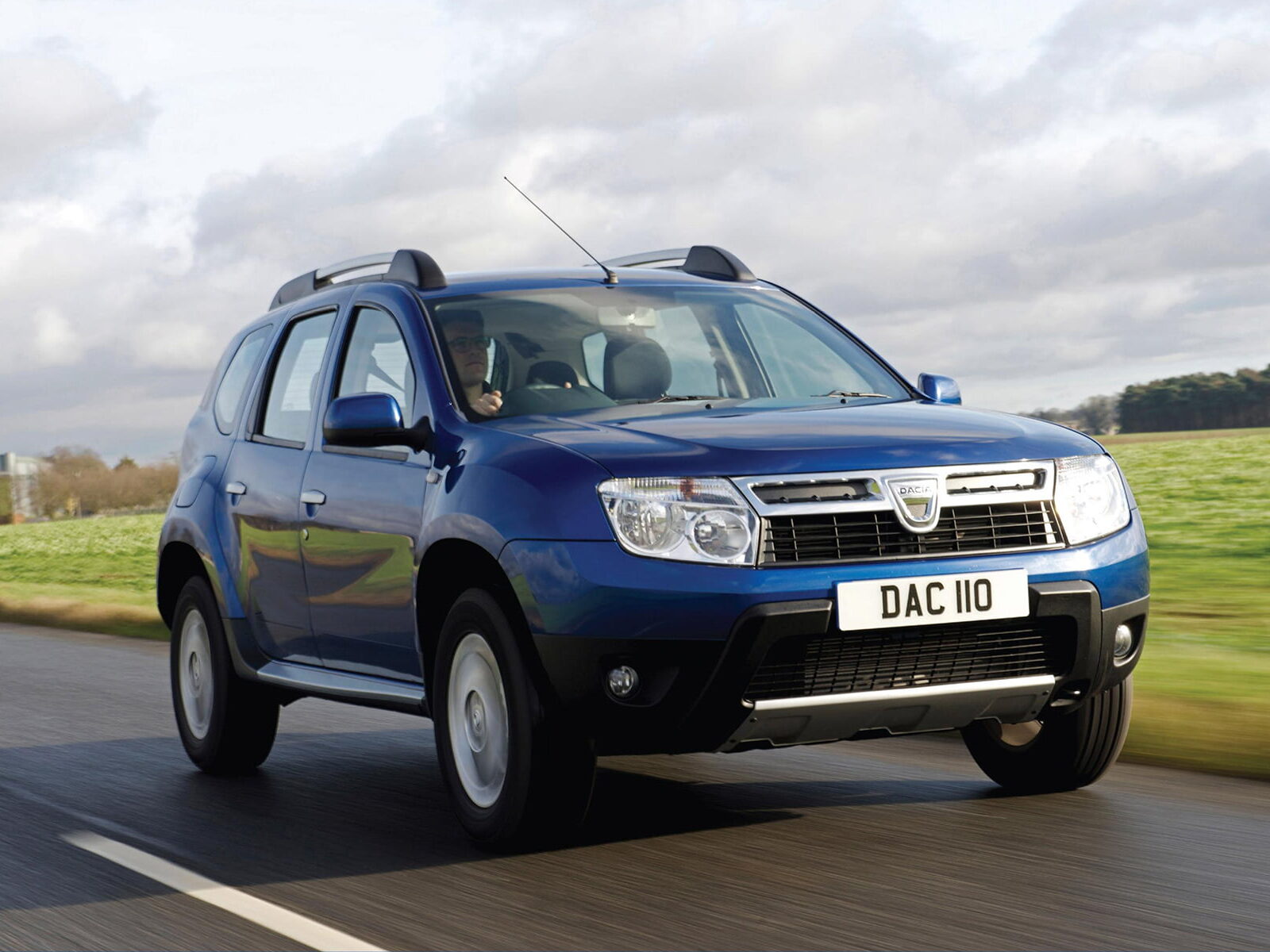
The Access trim served as the entry point into Duster ownership. While it was impressively cheap, calling its specification basic would be putting it mildly. It came with steel wheels, unpainted bumpers, and didn’t even include a radio.
Power for the Access model came from a modest 104bhp 1.6-litre petrol engine, which drove the front wheels as standard. However, customers could opt for four-wheel drive by paying an additional £2000.
Moving up the range, the mid-level Ambiance trim offered a bit more equipment. It added part-coloured bumpers, a stereo system with Bluetooth and USB connectivity, and an adjustable seat.
Buyers also had the choice of upgrading to a 108bhp 1.5-litre four-cylinder turbo diesel engine, providing a more flexible and efficient driving experience.
4. 2003 Lamborghini Gallardo
What we said then: “Lambo has always produced great-looking machines, but here 40 years of epic potential has finally been fulfilled.”
The Gallardo marked the first Lamborghini to be fully developed under Audi’s ownership, and the influence is clear in the outstanding build quality. The cockpit is beautifully finished, and although some Audi switches are evident, the cabin still maintains that crucial Italian flair.
Four-wheel drive comes as standard across all versions, including the strikingly attractive Spider open-top variant, ensuring the V10-powered Gallardo is exceptionally rewarding to drive.
When it comes to the coupe, the key decision lies between the standard six-speed manual gearbox and the E-Gear transmission, which eliminates the need for a clutch pedal and instead introduces shift paddles mounted behind the steering wheel.
In June 2008, the LP560-4 model was introduced, bringing even more power to the table and achieving a 0-62mph sprint in just 3.7 seconds.
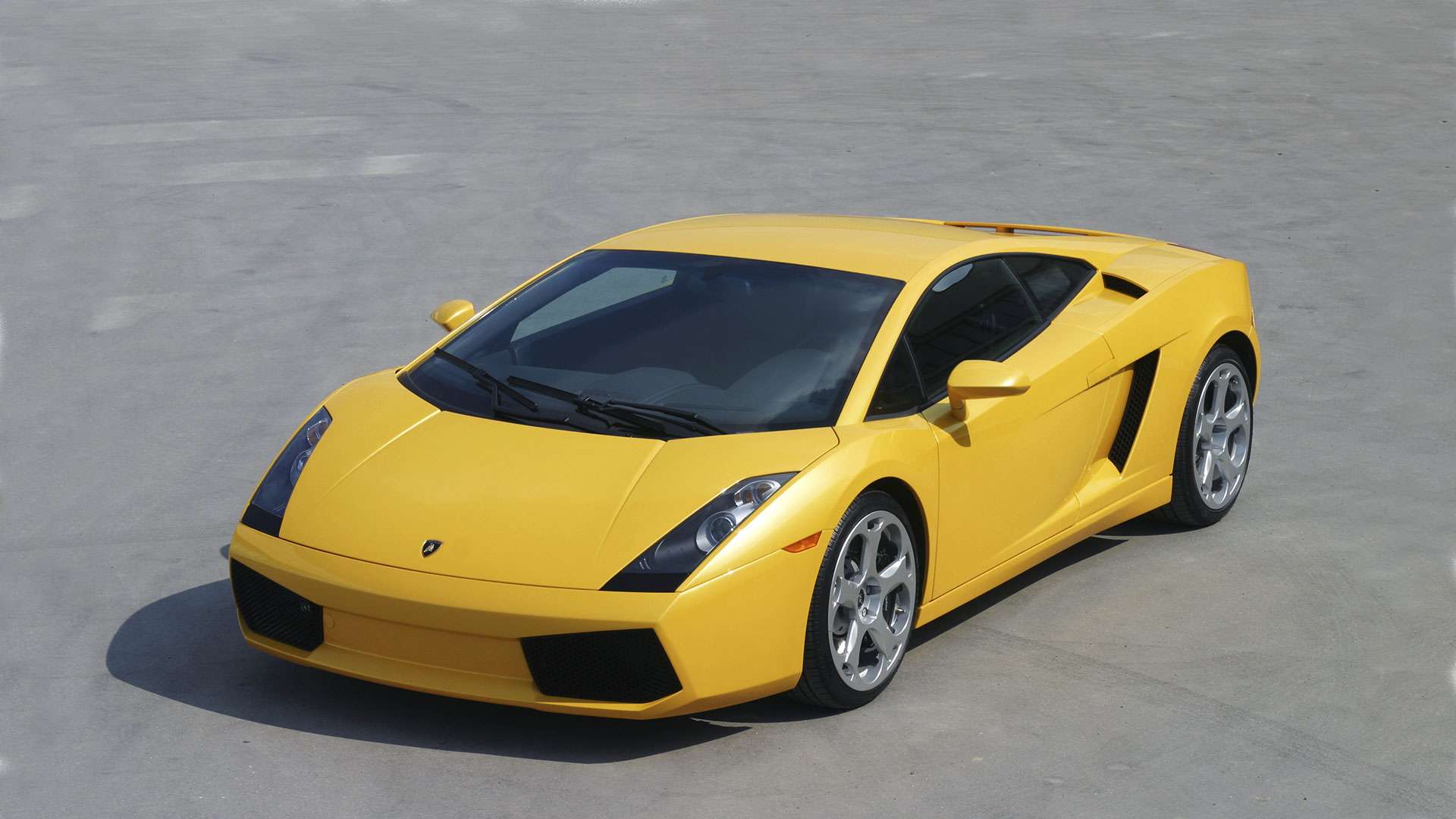
5. 1998 Honda Integra Type R
What we said then: “There’s an overwhelming sense that this car was built to be brutally caned.”
The 1998 Honda Integra Type R is still regarded as one of the purest, most focused front-wheel-drive performance cars ever made. Honda didn’t just badge it as sporty — they engineered it from the ground up to be a lightweight, razor-sharp driving machine.
Under the hood, it packed the legendary B18C5 engine in the U.S. (or B18C in Japan and other markets), a 1.8-liter DOHC VTEC inline-four that produced around 195 horsepower in the U.S. and 197 horsepower in Japan.
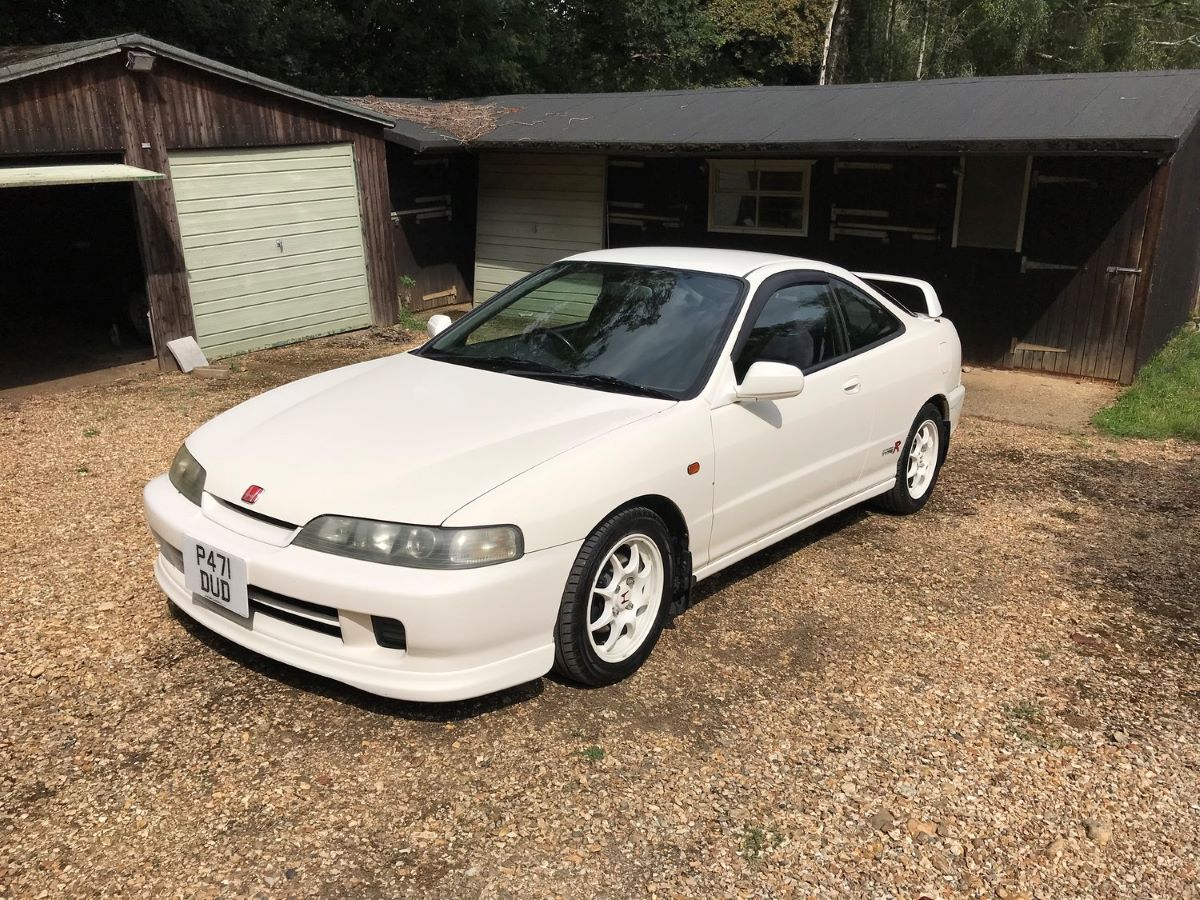
For a naturally aspirated four-cylinder in 1998, that output was remarkable, and the engine was built to rev hard, screaming all the way up to 8,400 rpm.
Performance was strong, with 0–60 mph coming in about 6.2 seconds and a top speed around 140 mph, but the magic wasn’t just in straight-line numbers — it was in how the car felt.
Also Read: 6 Reliable City Cars and 6 That Aren’t Made for Stop-and-Go
Worst Cars Ever Made
There’s no shortage of bad cars when you consider all of automotive history. The Ford Pinto immediately springs to mind.
It was the original burning car long before electric vehicles (unjustly) inherited that reputation. Another often overlooked example is the VW Beetle an undeniable icon, but arguably one of the worst car models ever produced.
The issue with the Beetle is that Volkswagen didn’t know when to stop selling it. They continued building the original people’s car in third-world countries right up until 2003.
By that time, the four-speed manual transmission was seriously outdated, and frankly, these regions deserved safer vehicles. The Ford Mustang II deserves a spot on the list as well, being the automotive equivalent of a disappointing second album.
And even the Ford Model T could be considered, given how incredibly difficult it is to drive. Still, we’ll give it a pass because Ford pioneered mass production and played a massive role in building the automotive industry into the giant it is today.
And then there’s everyone’s favorite dead horse. We’ll go ahead and flog the Pontiac Aztek once again because seriously what were the designers thinking?
How the Aztek ever got greenlit for production remains one of the great mysteries of modern life. General Motors had no excuse either.
At least the manufacturers in East Germany had several external pressures stacked against them, so vehicles like the Trabant get a bit of a pass.
As we’ve just shown, it’s almost too easy to target classics like the Ford Pinto or to pick on one of the ugliest cars ever made the Pontiac Aztek.
Instead, we’d rather turn our attention to the (relatively) modern automotive world to find the worst cars produced more recently.
There are plenty of examples to choose from. Some horrendous subcompact cars, vehicles with bizarre proportions, and models that claim to be sporty sedans yet lack any real athletic performance.
With all that in mind, let’s dive into 5 horrifying cars, presented in no particular order.
1. Chrysler Crossfire
The Crossfire is one of the most oddly proportioned cars ever built, but that’s not the only reason it finds a spot on this list. We understand what Chrysler was aiming for, as it launched at a time when retro design was all the rage.
The Crossfire also held plenty of promise: a front-mounted engine, two seats in the middle, and rear-wheel drive.
However, it was built on an aging platform, saddled with an outdated, naturally aspirated, heavy six-cylinder engine, and featured a steering wheel that wouldn’t have looked out of place in a semi-truck.
And because it deserves it, we’re going to bash it even further. The 3.2-liter Mercedes-sourced engine delivered just 215 horsepower and 229 lb-ft of torque.
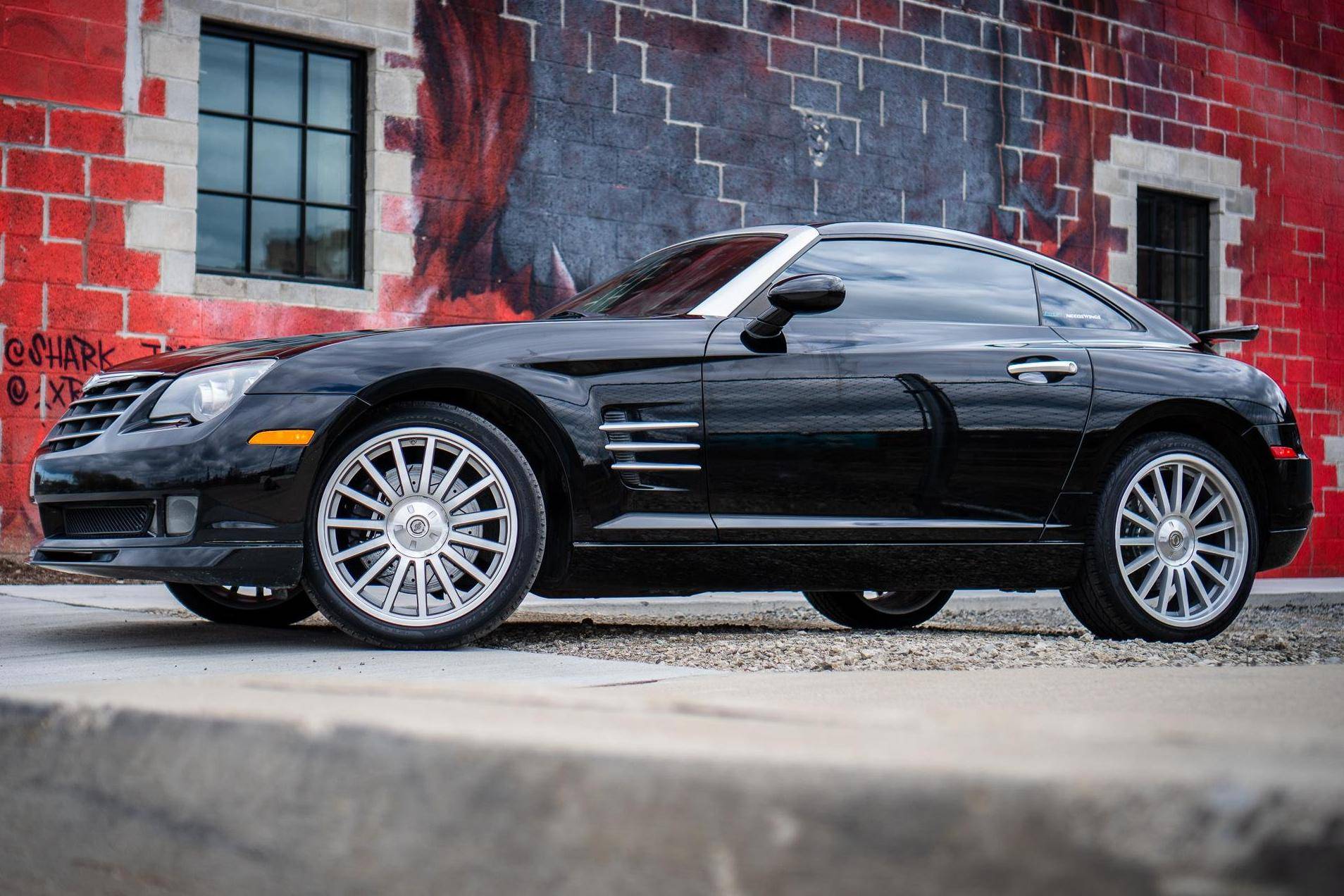
These figures could have been manageable if the car was lightweight or if the engine was high-revving, but the Crossfire achieved neither. Maximum power wasn’t available until 5,700 rpm.
Although it had a top speed electronically limited to 155 mph, getting there required the patience of a saint.
The interior was dominated by poorly fitting plastic disguised as metal, and over time, the paint would fade, leaving behind basic air-conditioning controls surrounded by plastic so cheap you wouldn’t even want it used in a rental push-cart for kids at the mall.
Does the Crossfire have any redeeming features? Well, since it’s regarded as one of the worst cars ever made in America, it can be bought for cheap.
Plus, thanks to the SRT model, we know the V6 is fairly easy to supercharge, and the first-generation SLK platform it’s based on has a healthy aftermarket support. Still, we’d rather go for a Nissan 350Z from the same era similar concept, but Nissan clearly understood the assignment.
2. Dodge Caliber
The Dodge Caliber had the potential to be a hit. It arrived just before the crossover craze really took off and could have dominated the subcompact market.
Dodge even gave it styling cues from its muscle cars, leading us to believe it might be a family car that could also handle a drag race. Dodge even dubbed a V8 soundtrack over the Caliber’s TV commercials something that eventually led to legal trouble.
In reality, the Caliber was saddled with a woefully underpowered 2.0-liter naturally aspirated four-cylinder engine, putting out just 158 hp and 141 lb-ft of torque.
The top-spec version came with a CVT transmission, but maximum torque wasn’t reached until 5,000 rpm.
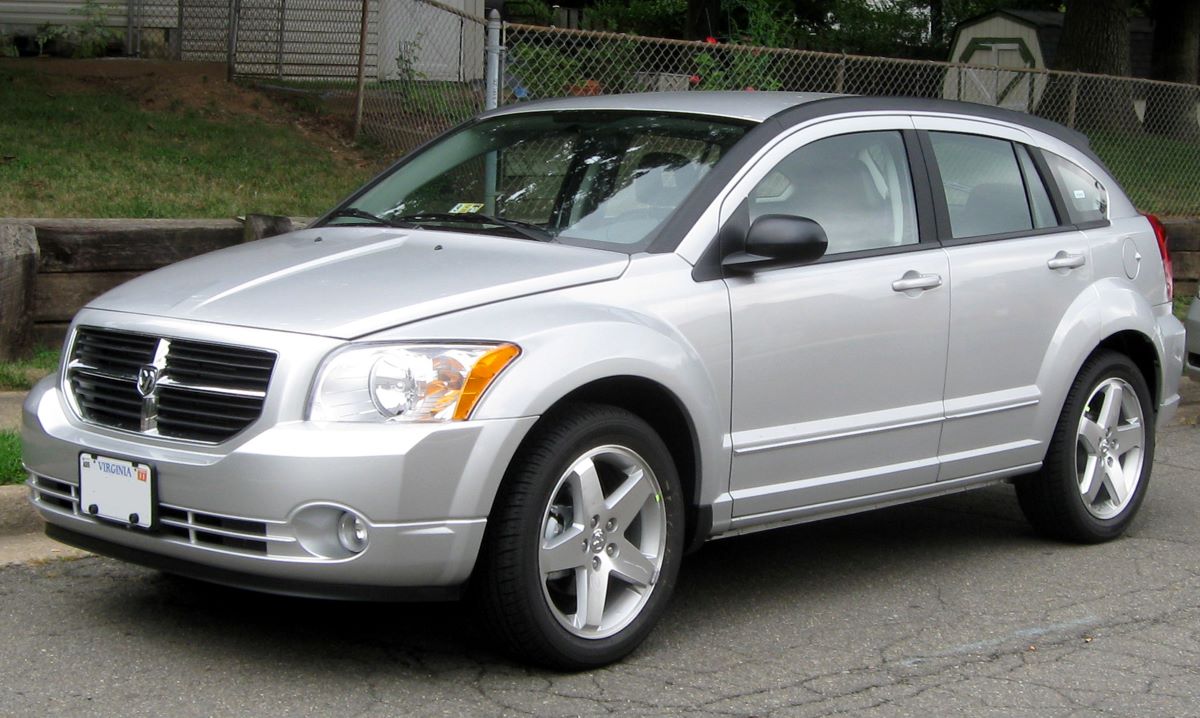
As we’ve learned since the Caliber’s debut, CVT transmissions only work well when there’s a good amount of torque available by around 2,000 rpm or less.
A five-speed manual transmission was available on lower trims, but keeping the engine in its power band required constant shifting.
It could have been entertaining if the shifter didn’t feel like it was set in a decade-old bowl of soggy Cheerios. Unsurprisingly, fuel economy suffered as a result.
Dodge tried to fix things with the SRT4 model, which featured a turbocharged four-cylinder engine. But all they managed to create was one of the most disappointing hot hatches ever built.
With nearly 300 hp sent exclusively to the front wheels, the car had a nasty habit of torque steering wherever it pleased.Honestly, you were better off just buying a proper sports sedan.
Also Read: 5 Cars With Excellent Braking and 5 That Struggle to Stop
3. Hummer H2
The story of how the military-spec Humvee transitioned into a civilian vehicle is well-documented. These military machines rose to fame thanks to the advent of the 24-hour news cycle and the Gulf War.
It was the kind of free publicity car companies dream of, comparable to the buzz generated when Princess Diana was spotted driving an Audi convertible.
Sensing civilian demand, AM General began producing the Hummer H1, which kept the rugged bones of the military Humvee but added some comfort features.
In 1999, General Motors purchased the Hummer brand, seeing a chance to profit from a wave of national pride. Unfortunately, the H2 was practically useless off-road, built on the GMT820 platform shared with the Chevrolet Tahoe and Suburban.
It featured a permanent four-wheel-drive system with a transfer case and a locking rear differential, but Jeep offered far more capable 4x4s at a much lower price.
In 2006, the Hummer H3 was introduced as a cheaper alternative, but it suffered from the same core issues as the H2.
The biggest problem was the lack of solid engine choices. Early H2 models were equipped with a 6.0-liter V8 making 325 hp. GM updated the H2 in 2008 with a 6.2-liter V8 producing 393 hp.
However, considering the facelifted H2’s curb weight of 6,600 pounds, the best you could realistically hope for was a combined fuel economy of 10 mpg.
The H3, available with either an inline-five-cylinder engine or a 5.3-liter V8, wasn’t much better. Even the V8-equipped H3 weighed just under 5,000 pounds and managed only 13 mpg.
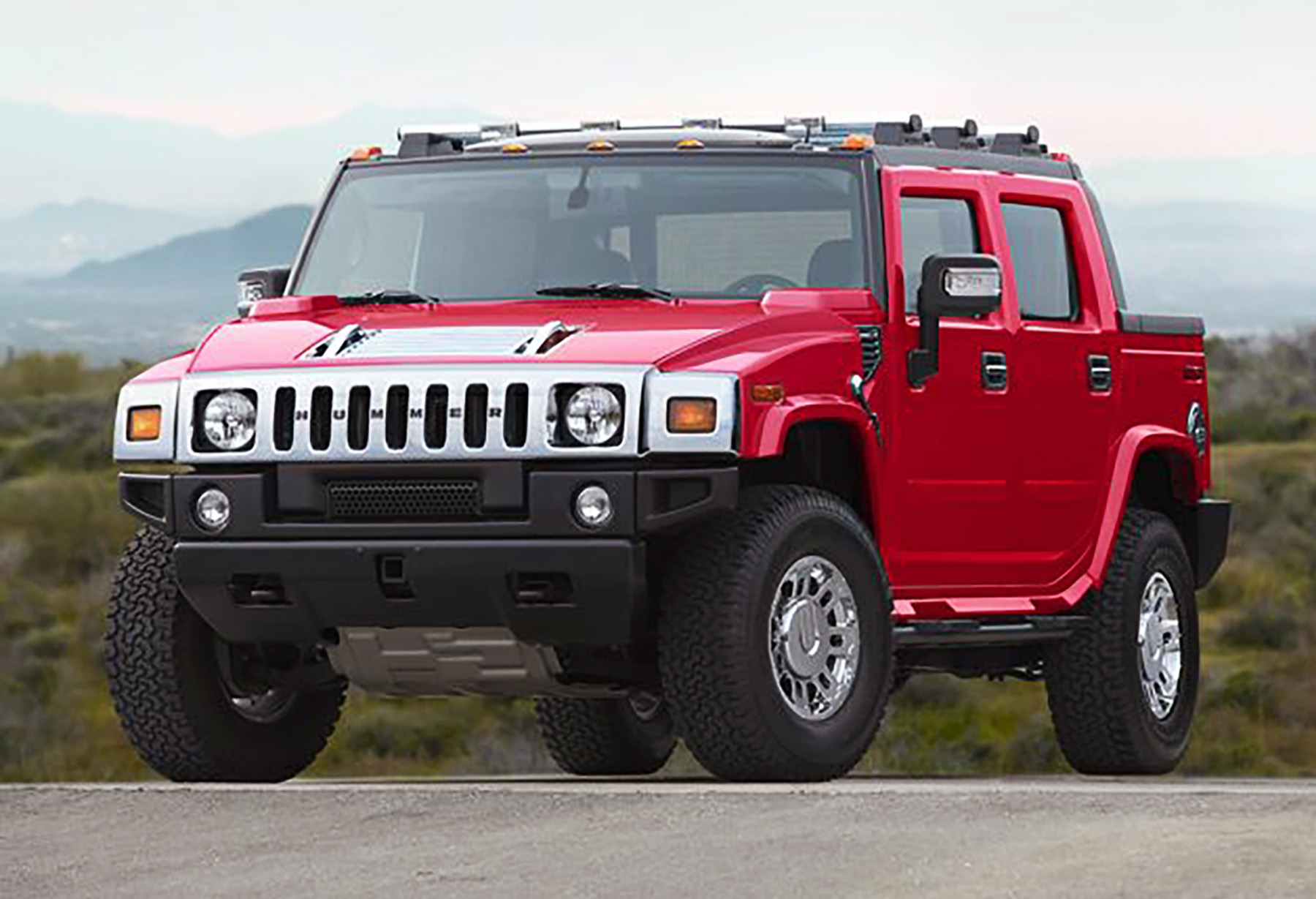
So why did Hummer fail? It boiled down to two interconnected issues. The Iraq War gradually lost public support, leading to soaring fuel prices. Then, the Great Recession struck in 2007, delivering the final blow to the brand.
Whether you admire the Hummer’s “supersize everything” attitude or not is irrelevant. What matters is that it became an outdated, oversized, gas-guzzling dinosaur almost overnight.
Driving one was like cruising around East Germany in a Mercedes S-Class right before the Berlin Wall fell completely out of touch with the times.
Owners got little in return for the horrendous fuel consumption. The Hummer transformed from a status symbol to a glaring example of wasteful excess. Fill up the tank, and a day later, you’d be back at the pump.
Adding insult to injury, the rise of electric cars began around the time Hummer died off, making the SUV look even more ridiculous.
We’re not here to debate politics, though. The Hummer makes this list simply because it was a terrible vehicle that prioritized image over substance.
You’d think GMC might have learned its lesson when it reimagined Hummer as an all-electric brand. To achieve a decent range, GMC had to equip the new Hummer EV with a massive 205 kWh battery pack the vehicle’s heaviest component.
Altogether, it weighs 9,000 pounds, with 3,000 pounds being the battery alone. Imagine what would happen if it collided with something tiny like a Peel P50. More realistically, consider a crash between a Hummer EV and a Toyota Camry.
Crash-test agencies have already raised concerns about the Hummer’s massive weight, and it turns out the EV isn’t particularly efficient either. In essence, GMC is just repeating history only this time, without the V8.
4. Maybach 57 and 62
When BMW acquired the rights to Rolls-Royce, it wanted to make a bold statement. The result was the Phantom VII, produced from 2003 to 2017. BMW wisely left Rolls-Royce’s artisans alone to do what they did best, resulting in an extraordinary vehicle.
Rolls-Royce understood that true luxury had little to do with cutting-edge technology or fitting touchscreens on every available surface. True luxury was about silence, effortless motion, simplicity, space, and an overwhelming sense of well-being.
In response, Mercedes-Benz decided to resurrect the Maybach name as a standalone brand to compete directly with the Phantom.
Customers could choose between the 57 (short-wheelbase) or the 62 (long-wheelbase) models. Both came equipped with a 6.0-liter V12 engine producing 600 horsepower.
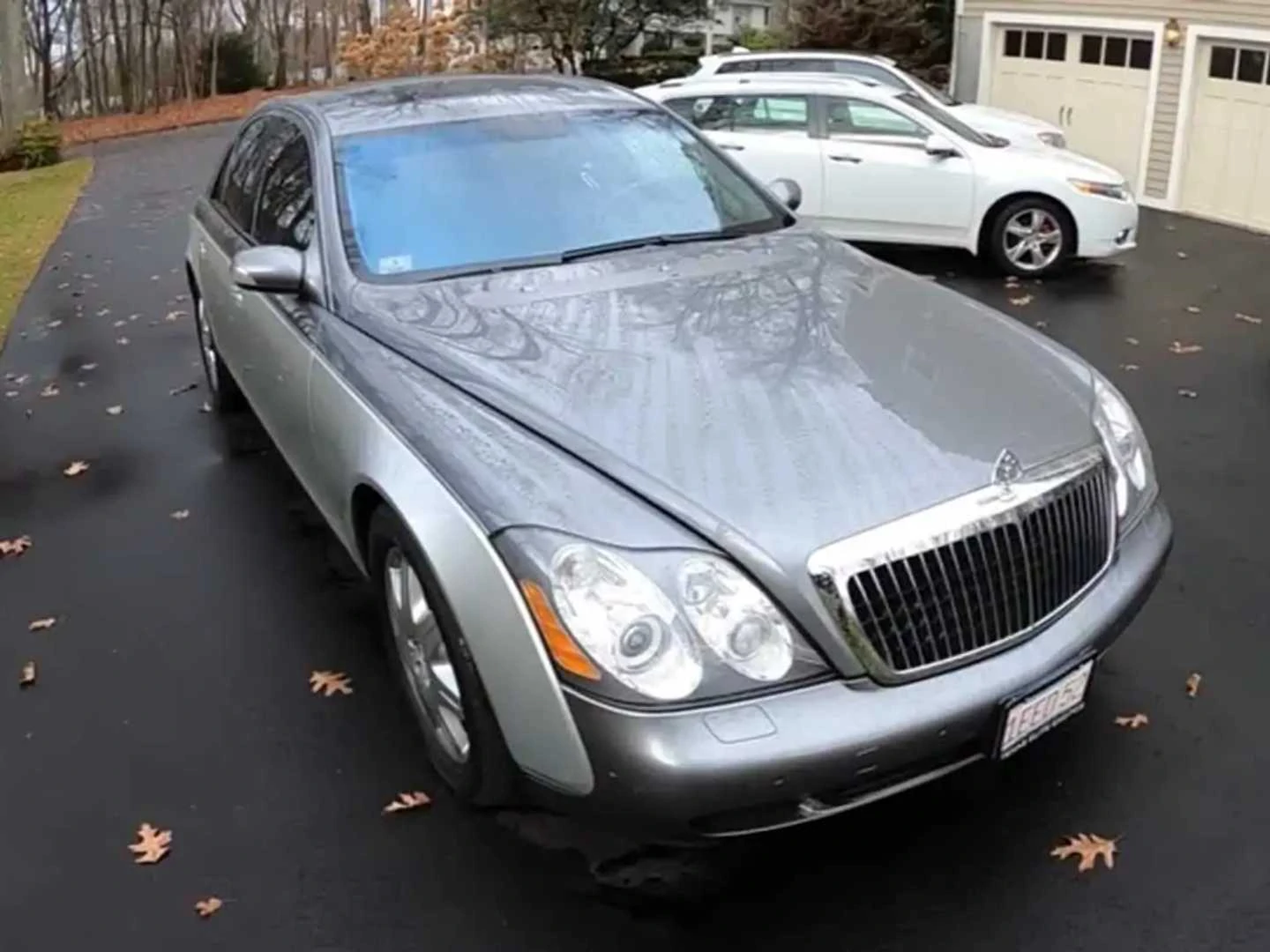
They featured screens for the driver and rear passengers, swift acceleration, and even champagne flutes but none of it could hide what the cars truly were underneath.Where the Phantom was bespoke, the Maybach was merely a stretched S-Class.
Even worse, Mercedes committed the cardinal sin of sharing visible components between the S-Class and Maybach models, leading buyers to question why they were paying more than double for what was essentially an upgraded S-Class.
Making matters worse, the S-Class was already so good at being an ultra-luxury vehicle that the Maybach’s existence felt redundant.
Ultimately, slow sales led to the downfall of Maybach as a standalone brand not because of the economic downturn, but because Rolls-Royce continued to outsell Maybach, despite the Phantom offering less advanced technology.
Maybach still exists today, but now it functions as an ultra-luxury sub-brand within Mercedes-Benz, rather than standing on its own.
5. Smart ForTwo
In many respects, the Smart ForTwo serves as the complete opposite of the Hummer H2 mentioned earlier, so why is it considered one of the worst cars ever?
The answer becomes clear once you experience the genuine fear that comes from driving a ForTwo on the freeway or pushing the front tires to their limits of adhesion.
Neither of these scenarios was likely intended by the ForTwo’s designers, but any competent car should perform adequately across a range of environments. The ForTwo’s biggest flaw was that it only truly functioned within a city.
The original ForTwo came equipped solely with a range of turbocharged three-cylinder engines paired with a six-speed automated manual transmission. It performed admirably in dense urban areas like London or New York, where parking spaces are a rare commodity.
Sure, you would notice the clunky gearbox, but it didn’t really matter because you could zip around feeling smug about your minuscule car that could slip into the tightest spots.
However, the situation deteriorated rapidly once you ventured onto the freeway, attempting to reach its top speed whatever that number might be (I never found out because I chickened out). As it turns out, designing a car almost as wide as it is long was not the best idea.

You quickly become acutely aware that this tiny vehicle, riding on tires no larger than those on a child’s bicycle, is dwarfed by virtually everything else on the road.
Driving a ForTwo in a country where the Ford F-Series reigns as the best-selling vehicle is nothing short of terrifying. The flimsy plastic body offered minimal protection, and the rear bumper sat mere inches from your backside.
In essence, you were the crumple zone. To this day, it remains the only car that genuinely scared me not because of its speed, but due to its lack of it.
The handling was even worse, largely thanks to its unconventional chassis. You didn’t need to push the ForTwo hard to make it understeer. You could spin the steering wheel all you wanted, yet the car would stubbornly continue straight.
And heaven forbid you try lifting off the throttle, because the short wheelbase would cause it to snap into oversteer faster than any normal person could react.
Fortunately, the ForTwo has been discontinued, and Smart now produces two relatively anonymous electric vehicles with wheelbases long enough that they no longer feel like they’re trying to kill you at every opportunity.

